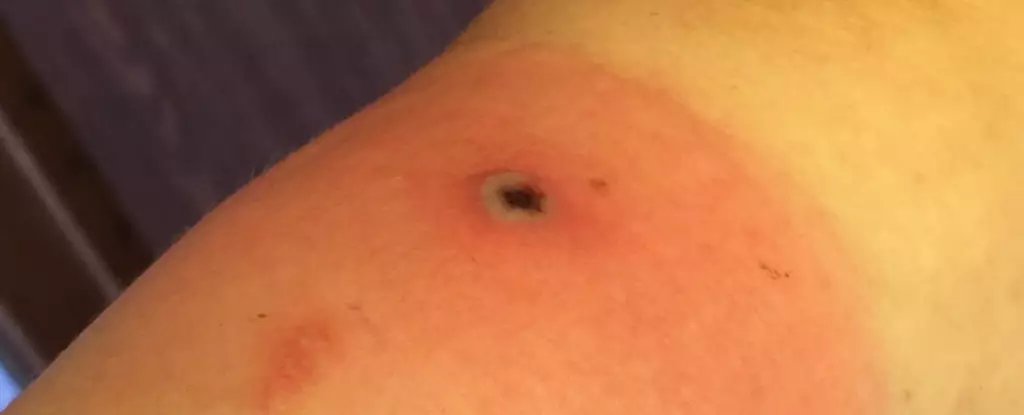Scientists and health professionals are on high alert as a rare virus called Alaskapox claims its first fatality in a new region. Since its discovery in 2015, the few reported cases of Alaskapox have been relatively mild, causing symptoms such as joint and muscle pain, swollen lymph nodes, and skin bumps or pustules. Although the virus typically resolves within a few weeks, individuals with weakened immune systems are at a higher risk of severe complications. In this unfortunate case, an elderly man from the Kenai Peninsula succumbed to Alaskapox, marking the seventh known infection but the first one to occur over 500 kilometers away from the initial outbreak in Fairbanks, Alaska. The patient experienced a red sore under his right armpit, followed by burning pain sensations and fatigue. With his immune system compromised due to ongoing cancer treatment, he faced an increased vulnerability to the virus, leading to fatal consequences.
This tragic incident sheds light on the previously underestimated geographic spread of Alaskapox. Health officials now recognize the urgent need for increased awareness and vigilance, especially among individuals with compromised immune systems. Current evidence suggests that Alaskapox is primarily transmitted by small mammals, particularly red-backed voles and shrews. While humans can contract the virus from animals, no human-to-human transmission has been observed thus far. Alaskapox belongs to the orthopox group, a family of viruses that includes smallpox, renowned for causing skin lesions similar to those seen in Alaskapox cases.
Upon investigation, health authorities found that the deceased patient lived alone in a remote area. However, he reported caring for a stray cat that frequently scratched him, raising the possibility of viral transmission through this interaction. Interestingly, tests conducted on the cat for orthopoxviruses returned negative results. This discrepancy prompts further exploration into the sources and modes of transmission for Alaskapox.
Following this tragic incident, the Alaska Department of Health has issued new recommendations to combat the threat of Alaskapox. Clinicians are now encouraged to familiarize themselves with the distinguishing features of the virus and include it in their regular testing protocols. Individuals suspected of having Alaskapox are advised to keep their lesions dry and covered, as well as to avoid touching them to prevent further spread. These precautions are crucial in curbing the transmission of the virus and protecting vulnerable populations.
Health officials stress that the discovery of this fatal case indicates a higher prevalence of Alaskapox than previously thought. It is likely that the virus exists more broadly among Alaska’s small mammal populations, potentially leading to more unnoticed human infections. Recognizing this hidden prevalence strengthens the urgency for increased surveillance, diagnostic capacity, and public education regarding Alaskapox.
The emergence of Alaskapox as a potential threat is a cause for concern. The recent fatality and the geographical spread of the virus highlight the need for improved understanding, surveillance, and prevention initiatives. The diligent efforts of scientists, health professionals, and the public are essential in curbing the further transmission of Alaskapox and safeguarding vulnerable individuals. By raising awareness about the risks and implementing preventive measures, we can mitigate the impact of this rare but potentially dangerous virus.


Leave a Reply